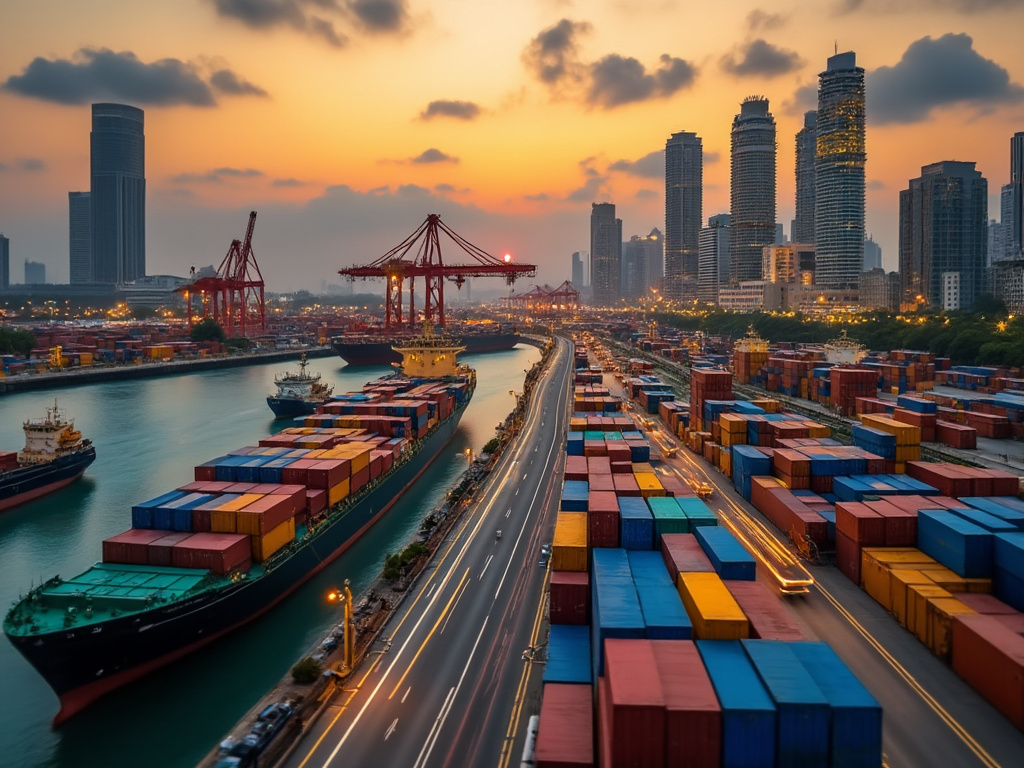
Concerns escalate over Australia’s naval preparedness and capability gap amidst regional security threats.
Australia's navy has historically been a cornerstone of the nation's defense strategy, safeguarding a coastline that stretches approximately 34,000 kilometers across the Pacific, Southern, and Indian Oceans.
However, with increasing apprehension surrounding potential conflict in the Asia-Pacific region, experts have raised alarms over a significant capability gap projected to last for the next decade.
This situation has sparked a vigorous debate regarding the urgency of Australia's military preparedness in the face of evolving security threats.
Military historian John Storey has highlighted that Australia currently lacks the capacity to sustain a prolonged confrontation against a formidable adversary.
Storey pointed out limitations such as inadequate capabilities to replace lost equipment, manufacture munitions domestically, or scale up defence forces effectively during a crisis.
Moreover, Storey noted that Australia possesses minimal ability to operate autonomously without relying heavily on its primary ally, the United States.
These concerns come amid heightened tensions in the region, where fears of escalating conflicts loom large.
Observers have expressed a growing belief that Australia, particularly its naval forces, is significantly unprepared should the situation in the Asia-Pacific deteriorate further.
While the navy’s personnel are well-trained, the actual fleet has faced criticism for being insufficient in both quality and quantity.
Currently, the navy comprises only ten surface combatants, which include three relatively new Hobart-class air defense destroyers and seven older Anzac-class frigates.
In a separate yet relevant development impacting regional dynamics, a devastating earthquake struck Myanmar on March 28, leading to the deaths of over 3,000 individuals and overwhelming local response efforts.
This humanitarian crisis has prompted the military-led government in Myanmar, known as the State Administration Council, to seek international assistance.
In response, countries including China, India, and Russia have mobilized quickly, dispatching search-and-rescue teams and providing medical support.
China has demonstrated the most substantial commitment, deploying over 600 personnel across 30 teams to assist with relief efforts and pledging more than 100 million yuan (approximately US$13.7 million) in aid.
In contrast, the United States has committed a comparatively modest amount of US$2 million towards earthquake relief.
This disparity has led to discussions about the need for the Association of Southeast Asian Nations (ASEAN) to play a more prominent role in addressing humanitarian crises, particularly given the perceived reduction in U.S. foreign aid initiatives.
Observers are wary that without proactive engagement from ASEAN, major powers like China could shape the humanitarian response to their own strategic advantage.
However, with increasing apprehension surrounding potential conflict in the Asia-Pacific region, experts have raised alarms over a significant capability gap projected to last for the next decade.
This situation has sparked a vigorous debate regarding the urgency of Australia's military preparedness in the face of evolving security threats.
Military historian John Storey has highlighted that Australia currently lacks the capacity to sustain a prolonged confrontation against a formidable adversary.
Storey pointed out limitations such as inadequate capabilities to replace lost equipment, manufacture munitions domestically, or scale up defence forces effectively during a crisis.
Moreover, Storey noted that Australia possesses minimal ability to operate autonomously without relying heavily on its primary ally, the United States.
These concerns come amid heightened tensions in the region, where fears of escalating conflicts loom large.
Observers have expressed a growing belief that Australia, particularly its naval forces, is significantly unprepared should the situation in the Asia-Pacific deteriorate further.
While the navy’s personnel are well-trained, the actual fleet has faced criticism for being insufficient in both quality and quantity.
Currently, the navy comprises only ten surface combatants, which include three relatively new Hobart-class air defense destroyers and seven older Anzac-class frigates.
In a separate yet relevant development impacting regional dynamics, a devastating earthquake struck Myanmar on March 28, leading to the deaths of over 3,000 individuals and overwhelming local response efforts.
This humanitarian crisis has prompted the military-led government in Myanmar, known as the State Administration Council, to seek international assistance.
In response, countries including China, India, and Russia have mobilized quickly, dispatching search-and-rescue teams and providing medical support.
China has demonstrated the most substantial commitment, deploying over 600 personnel across 30 teams to assist with relief efforts and pledging more than 100 million yuan (approximately US$13.7 million) in aid.
In contrast, the United States has committed a comparatively modest amount of US$2 million towards earthquake relief.
This disparity has led to discussions about the need for the Association of Southeast Asian Nations (ASEAN) to play a more prominent role in addressing humanitarian crises, particularly given the perceived reduction in U.S. foreign aid initiatives.
Observers are wary that without proactive engagement from ASEAN, major powers like China could shape the humanitarian response to their own strategic advantage.























